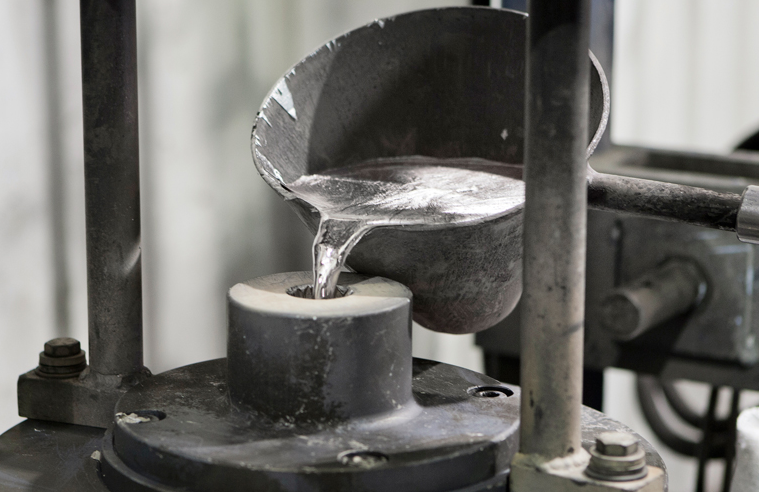
Sand casting and gravity casting are two prominent methods used in the manufacturing industry for producing metal components. Each method offers distinct advantages and drawbacks, which are crucial considerations when determining the most suitable casting process for a particular application.
Versatility: Sand casting is highly versatile and can accommodate a wide range of metals, including ferrous and non-ferrous alloys.
Complexity: It is capable of producing intricate shapes and large components with relative ease.
Cost-Effectiveness: Sand casting typically involves lower initial tooling costs compared to other casting methods.
Machining Reduction: Minimal machining is required due to the near-net shape capability of sand casting.

Surface Finish: The surface finish of sand cast components may not be as smooth as those produced by other methods.
Tolerance: Sand casting generally has looser dimensional tolerances compared to precision casting methods.
Labor-Intensive: It requires skilled labor for mold preparation, handling, and finishing processes.
Cycle Time: The production cycle time for sand casting can be longer compared to some other casting processes.
Simplicity: Gravity casting is relatively simple and requires minimal equipment and tooling, making it cost-effective for small to medium-scale production.
Low Pressure: It operates at low pressure, which reduces the risk of porosity in the castings.
Material Compatibility: Gravity casting is suitable for a wide range of materials, including both ferrous and non-ferrous alloys.
Tooling Cost: Initial tooling costs for gravity casting are generally lower compared to some other casting methods.

Complexity Limitation: Gravity casting may not be suitable for producing highly complex shapes and intricate designs.
Surface Quality: The surface finish of gravity castings may not be as refined as those produced by methods like die casting.
Limited Application: While versatile, gravity casting may not be suitable for certain applications that require higher precision or unique geometries.
1. Complex shapes or large parts need to be produced economically.
2. A wide variety of materials, including ferrous and non-ferrous alloys, is required.
3. Initial tooling costs need to be minimized.
4. Dimensional tolerances are not as critical, and surface finish requirements are moderate.
In summary, while both sand casting and gravity casting offer unique advantages, the choice between the two methods depends on factors such as part complexity, material requirements, surface finish expectations, and budget constraints. Understanding the strengths and limitations of each casting process enables manufacturers to make informed decisions that align with their specific production needs.
For further inquiries or to discuss your specific casting requirements, feel free to contact us.